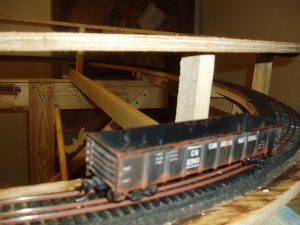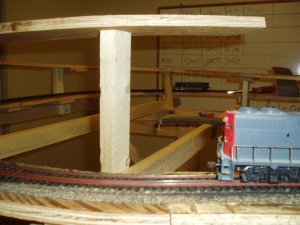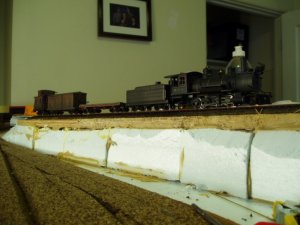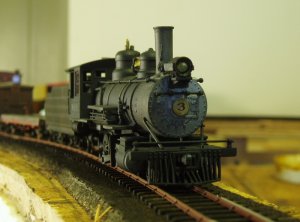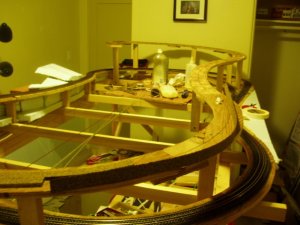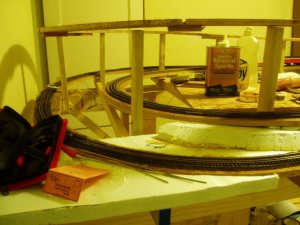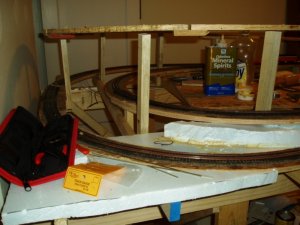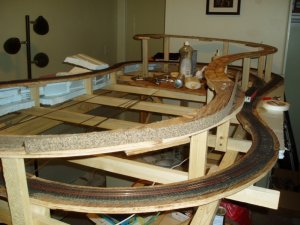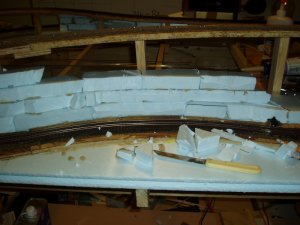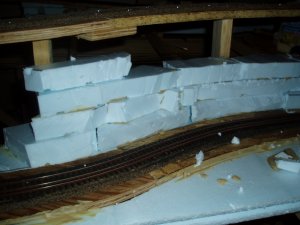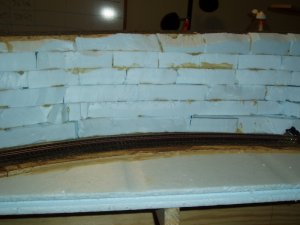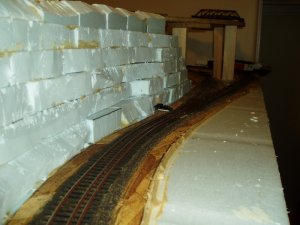N
nachoman
I havent gotten much new work done lately (weather turned nice and I've been doing yardwork). But, I ran across this site that shows a few photos of my prototype:
HikeArizona.COM :: Morenci Southern Railroad Photo #1 by Preston Sands on 2008-02-01
As you can see, having lots of tunnels and loops is appropriate! these photos also give me good scenery ideas. Looks like my vegetiation is going to be prickly pear cactus, century plant, creosote bush, mesquite trees, and grasses. I have made century plants and prickly pears before - the creosote bushes and the mesquite trees may be a challenge.
The terrain is semi-consolidated congomerate. I have made hard rock and sedimentary rock before, but this conglomerate may require a new technique. I was thinking of using layered foam for the basic landform, and coating it with some kind of sand/glue mix to give it texture.
I wish I had enough room to show the bridge across the river
Kevin
HikeArizona.COM :: Morenci Southern Railroad Photo #1 by Preston Sands on 2008-02-01
As you can see, having lots of tunnels and loops is appropriate! these photos also give me good scenery ideas. Looks like my vegetiation is going to be prickly pear cactus, century plant, creosote bush, mesquite trees, and grasses. I have made century plants and prickly pears before - the creosote bushes and the mesquite trees may be a challenge.
The terrain is semi-consolidated congomerate. I have made hard rock and sedimentary rock before, but this conglomerate may require a new technique. I was thinking of using layered foam for the basic landform, and coating it with some kind of sand/glue mix to give it texture.
I wish I had enough room to show the bridge across the river
Kevin


